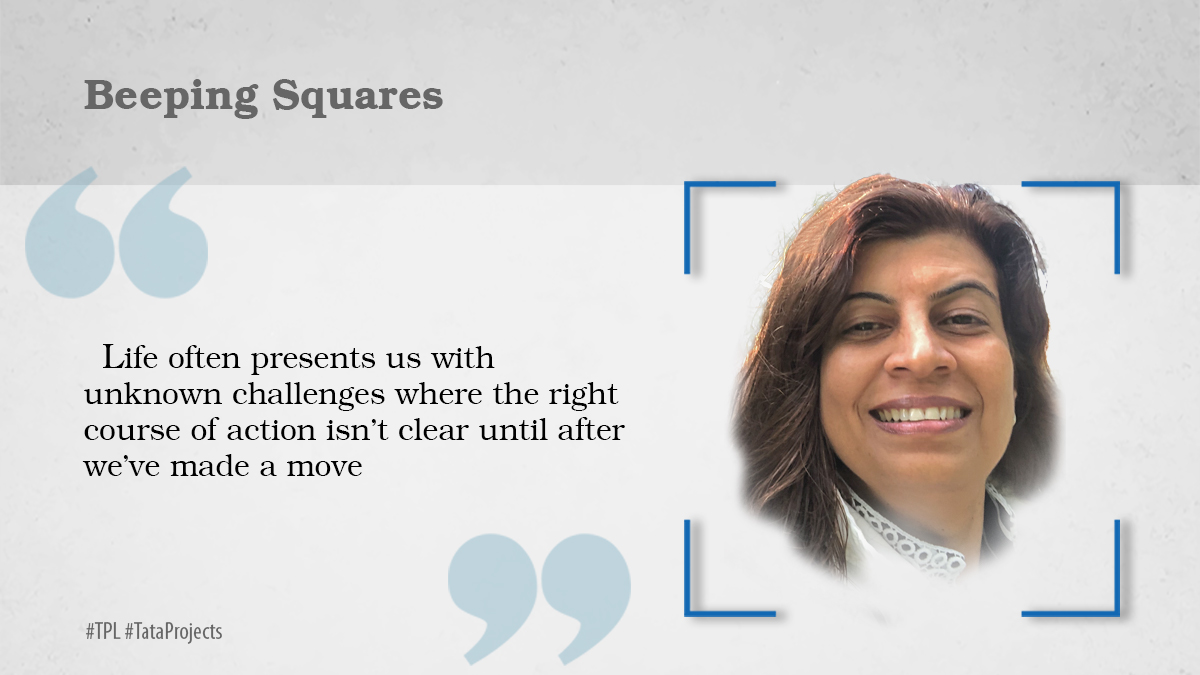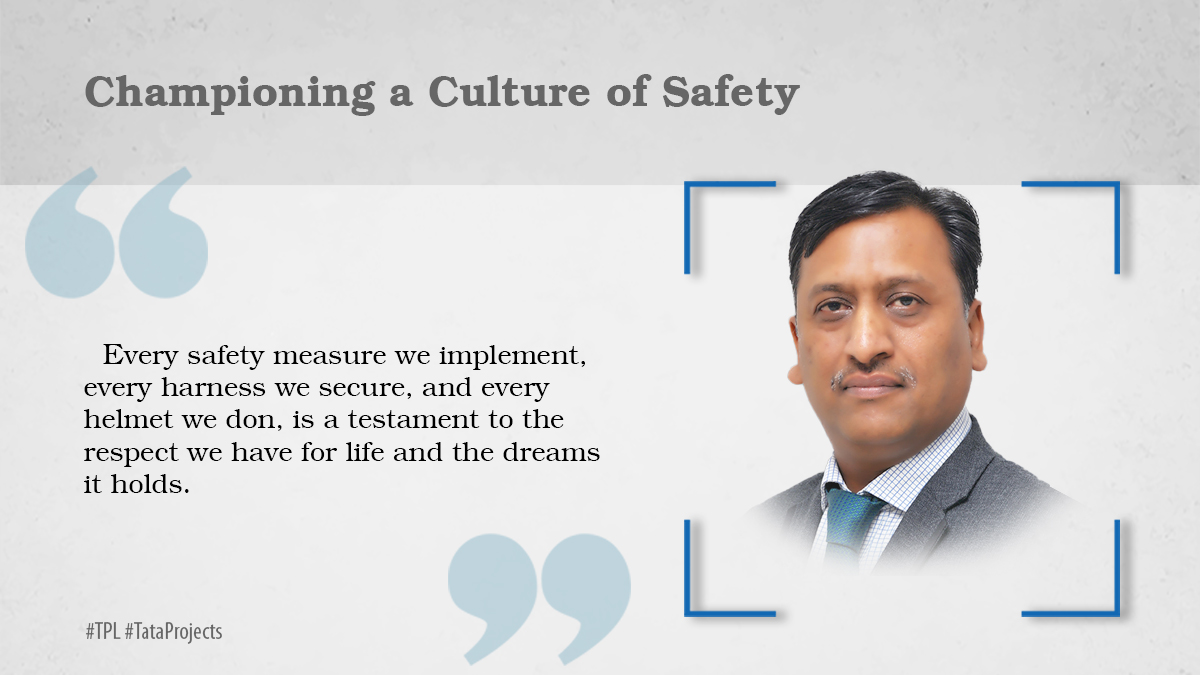Our journey towards sustainability involves embracing innovative technology and materials that minimize harm to the planet.
In today’s ever-evolving world, the urgency to address climate change and environmental degradation has become a paramount concern for all sectors. As we navigate the complexities of our modern existence, it is essential to acknowledge the significant role that the construction industry plays in carbon emissions and resource depletion. However, in our quest for a sustainable future, we have the power to adopt eco-friendly practices that minimize our impact on the environment.
Designing with a Sustainable Vision:
The artistry of sustainable construction lies in the realm of efficient design. It is through the lens of creativity and ingenuity that we can shape buildings that seamlessly blend with the natural world. Design professionals, armed with a deep understanding of energy efficiency, waste reduction, and the use of renewable materials, have the ability to create architectural wonders that not only serve our needs but also respect and preserve our precious environment. By incorporating factors such as sun path studies, location considerations, and orientation analyses, we have been able to ensure the optimal positioning of buildings, reducing the need for excessive cooling or heating. This, in turn, leads to reduced energy consumption and a significant decrease in carbon emissions.
Choosing Sustainable Materials:
The selection of materials forms a crucial pillar of sustainable construction. While some materials, such as cement and concrete, pose challenges in terms of replacement, it is imperative to seek alternatives and mitigate their environmental impact. Our journey towards sustainability involves embracing innovative materials that minimize harm to the planet. Consider the use of fly ash bricks, which offer a partial replacement for cement, or the integration of recyclable materials that breathe new life into construction projects. Exploring the potential of by-products from other industries, such as slag from steel production, opens up opportunities for sustainable material choices that align with our environmental goals.
Controlling Pollution and Safeguarding Resources:
During the construction process, it is our responsibility to minimize pollution and protect the precious resources bestowed upon us by nature. Construction companies committed to environmental stewardship employ a range of pollution control measures. From the utilization of eco-friendly equipment to the implementation of best practices, it has been our constant endeavour to leave minimal footprints on the Earth. Adherence to the UN-SDGs, guidelines such as net-zero discharge, and practices such as rainwater collection ensures efficient utilization of resources and minimizes strain on the environment. By practicing responsible water management, reducing waste, and replenishing groundwater resources, we can contribute to the preservation of our planet.
Setting the Bar Higher: Embracing Green Building Certification:
To underscore our unwavering commitment to sustainability, it is essential for reputable construction companies to seek green building certifications. These certifications serve as a badge of honour, validating our holistic approach to environmental responsibility. At Tata Projects, we pride ourselves on pursuing certifications from esteemed bodies like the Green Building Council India (IGBC). Achieving platinum ratings showcases our dedication to efficient materials, waste reduction, and energy conservation. By embracing these certifications, we not only meet the expectations of our clients but also set a higher standard for sustainability in the industry.
Overcoming Challenges: Charting the Future of Sustainable Construction:
As we forge ahead in our pursuit of sustainable construction practices, we must acknowledge the challenges that lie before us. Expertise in environmental areas & the delicate balance between functional requirements with sustainable design principles demand our attention. Collaboration emerges as a critical element in our journey toward sustainability. It is by bringing together stakeholders, including suppliers, contractors, designers, and clients, that we can drive the widespread adoption of sustainable practices. The forerunners within our industry must invest time and resources in researching and exploring alternative materials and methods, thereby pushing the boundaries of sustainability in construction and inspiring others to follow suit.
Conclusion:
In conclusion, sustainable construction practices are not mere choices but imperatives for the responsible growth of the urban infrastructure sector. The fusion of sustainable design, mindful material choices, pollution control measures, and green building certifications forms the very fabric of our commitment to the environment.
Ravishankar Chandrasekaran,
Executive Vice President & SBU Head – Urban Built Form, Buildings, Factories & Airports,
Tata Projects Limited
Simplify. Create.
























